
Recently I read a post on LinkedIn where somebody was asking what key metrics companies are looking for in order to develop (or provide financing to) a new mining project. It’s more than just a project having a good NPV or IRR. They are also looking at how difficult it is to achieve the targeted NPV.
 Mining companies are always on the hunt for new projects to grow their cashflows. They would all like to find the “perfect” project; one with ideal conditions and great attributes.
Mining companies are always on the hunt for new projects to grow their cashflows. They would all like to find the “perfect” project; one with ideal conditions and great attributes.
However those perfect projects likely don’t exist anymore, if they ever even did.
Consequently companies must be willing to accept some potential flaws (or risks) in their go-forward projects.
The question is what flaws are they willing to accept and how far away from the ideal situation are they willing to go.
What makes a perfect project?
If one could envision a perfect mining project, what might it look like? Here are some attributes that one would want to see (in random order). If a project had 100% of these, it would be a fantastic project.
-
-
A high grade ore orebody
-
A large reserve and long mine life to ride out commodity price cycles
-
Low operating cost
-
Low cash cost, in the bottom quartile of costs
-
Well defined ore zones, allowing simple mining with low dilution
-
A geotechnically competent rock mass
-
Clean and straightforward metallurgy
-
Consistent and straightforward permitting regulations
-
A stable government and stable fiscal regime
-
Safe security conditions for site personnel
-
High NPV and high IRR
-
No acid runoff issues from waste products
-
Stable tailings disposal conditions
-
Readily available local workforce / local power supply / good water supply
-
Favorable local community and stakeholder support
-
Other readers may have more attributes that they would like to see if asked to theorize “What constitutes a perfect mining project?”
Take off the promoter hat
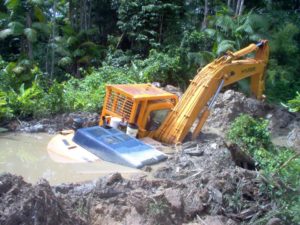 Now take an honest look at some recent (or past) projects that you have been involved with. How many of the perfect attributes listed above would be represented? It would be surprising to see them all checked off. Unfortunately that means certain flaws (risks) must be accepted when developing a project.
Now take an honest look at some recent (or past) projects that you have been involved with. How many of the perfect attributes listed above would be represented? It would be surprising to see them all checked off. Unfortunately that means certain flaws (risks) must be accepted when developing a project.
Each company (or financier) will have their vision as to which attributes are “must have” and which ones are “nice to have”.
But we have risk tools
There are many risk tools available to help in evaluating the potential flaws in a project. Unfortunately these tools don’t make the decisions for management.
Risk based Monte Carlo analysis requires management to pre-define the magnitude of the risks and then decide upon what probability of success is acceptable. Real option analysis or decision trees or Kepner-Tregoe are examples of other tools that can help in the decision making process.
Ultimately risk is risky. Management must make the go/no-go decision regardless of how many probabilistic histograms and tables they have generated. A 90% chance of success still means there is a 10% chance of failure. The probability of failure may be low, but it is not zero.
It would be interesting to examine recent failed projects to define the cause(s) of failure. One could then see if the cause was something that was pre-determined as a risk, either as a small risk or a large risk. Perhaps the cause was something that management felt could be mitigated or perhaps it was something viewed as highly unlikely. No doubt that successful projects also had risks, which were either mitigated or which (luckily) never occurred.
Conclusion


 The bottom line is that management understandably have a difficult task in making go/no-go decisions. Financial institutions have similar dilemmas when deciding on whether or not to finance a project.
The bottom line is that management understandably have a difficult task in making go/no-go decisions. Financial institutions have similar dilemmas when deciding on whether or not to finance a project.
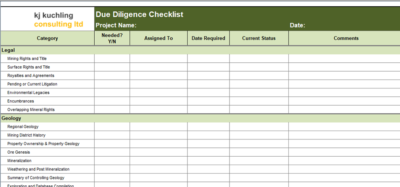 You a create your own checklist but if you would like a copy of mine just email me at KJKLTD@rogers.com and let me know a bit about how you plan to use it (for my own curiosity). Specify if you would prefer the Excel or PDF versions.
You a create your own checklist but if you would like a copy of mine just email me at KJKLTD@rogers.com and let me know a bit about how you plan to use it (for my own curiosity). Specify if you would prefer the Excel or PDF versions. Mining due diligence exercises can be interesting and great learning experiences, even for senior people that have seen it all. However they can also be mentally taxing due to the volumes of information that one must find, review, and comprehend, all in a short period of time.
Mining due diligence exercises can be interesting and great learning experiences, even for senior people that have seen it all. However they can also be mentally taxing due to the volumes of information that one must find, review, and comprehend, all in a short period of time.



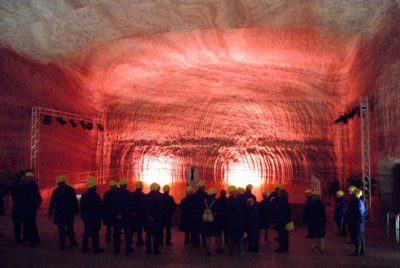 His topic is interesting and relevant to today’s mining industry. Paul raised many thoughtful points supported by data. He gave me permission to share his information.
His topic is interesting and relevant to today’s mining industry. Paul raised many thoughtful points supported by data. He gave me permission to share his information. I agree with many of the points raised by Paul in his study. The mining industry has some credibility issues based on recent performance and therefore understanding the causes and then repairing that credibility will be important for the future.
I agree with many of the points raised by Paul in his study. The mining industry has some credibility issues based on recent performance and therefore understanding the causes and then repairing that credibility will be important for the future.
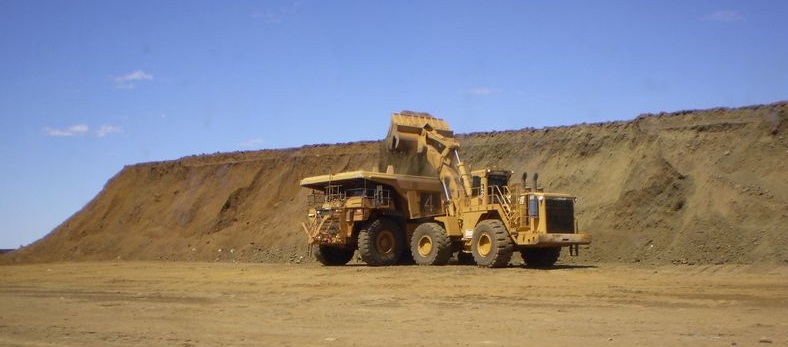
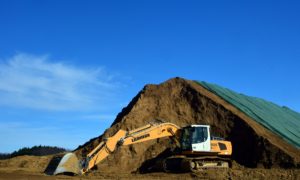

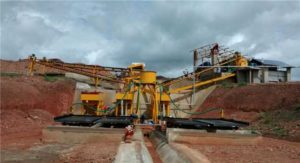


 The accepted tailings risk therefore becomes a subjective factor.
The accepted tailings risk therefore becomes a subjective factor. Environmental groups continually discuss ways of forcing regulators and mining companies to take action against the risk of tailings failure. This is commendable.
Environmental groups continually discuss ways of forcing regulators and mining companies to take action against the risk of tailings failure. This is commendable.
 Do the opposite
Do the opposite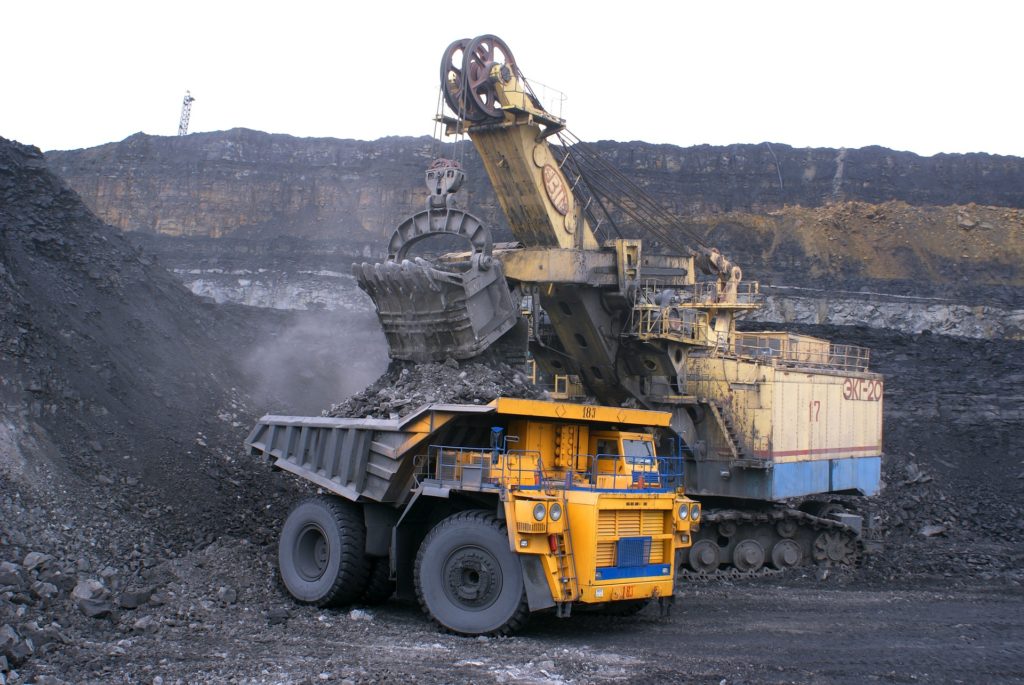 Different companies have different corporate objectives and each mining project will be unique with regards to the impacts of cutoff grade changes on the orebody.
Different companies have different corporate objectives and each mining project will be unique with regards to the impacts of cutoff grade changes on the orebody.
 On the site they have a searchable database for tax information for specific countries.
On the site they have a searchable database for tax information for specific countries.
 Tailings dam stability is so important that in some jurisdictions regulators may be requiring that mining companies have third party independent review boards or third party audits done on their tailings dams. The feeling is that, although a reputable consultant may be doing the dam design, there is still a need for some outside oversight.
Tailings dam stability is so important that in some jurisdictions regulators may be requiring that mining companies have third party independent review boards or third party audits done on their tailings dams. The feeling is that, although a reputable consultant may be doing the dam design, there is still a need for some outside oversight.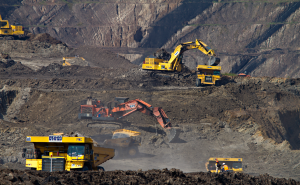 Nowadays most small companies do not develop their own in-house resource estimates. The task is generally awarded to an independent QP.
Nowadays most small companies do not develop their own in-house resource estimates. The task is generally awarded to an independent QP.
 One downside to a third party review is the added cost to the owner.
One downside to a third party review is the added cost to the owner.